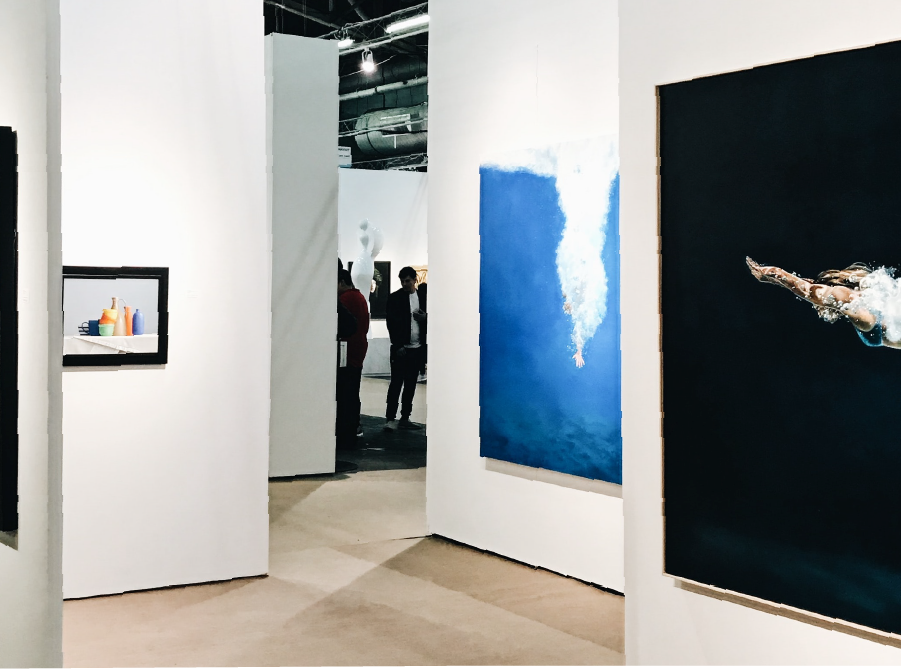
Art and space are correlated to each other. For example, when we mention a place full of artworks, we might first come think of it as an art museum. It is the art that defines the use of the space. Similarly, objects that are placed in art galleries will most likely be considered as artworks. This is the general impression that we have on arts. It is believed that one has to visit an art museum or gallery to appreciate arts. Nevertheless, in the era of contemporary art, arts have broken the limitations of indoor space, and arts that have a site-specific relationship with space out of the art museum is classified as public art.
Public art is not an art form or style, yet it refers to creations that are both artistic and public. Therefore, public art is not limited to any medium, size or materials. Publicity refers to creations for the public and that is accessible and appreciated by the public. It also involves the participation of people from different sectors, such as artists, architects, designers, public figures, governments, and political figures, etc. It is identified as public from the beginning stage of the creation.
As public art is placed in public space and has a high accessibility, a public artwork can be used as a landmark of a location, improve the urban environment, enhance local characteristics, attract tourists and facilitate tourism, and provide artists with opportunities of publicity. In addition, public artworks are interactive, which can bring people closer together and serve as collective memories of local people. Over time, public artworks also have historical significance, and they record the occurrence of certain crucial events.
Public sculptures with symbols of politics and power such as memorials and monuments are the first exhibits of and the closest form to public art in Hong Kong, dating back to the 1880s. There was no public works that are not related to the governance until the 1960s. In Hong Kong, from 1970s to 1980s, artists such as Kwok Mang-ho and Tsang Tsou-choi practiced public art, and there were also private and commercial organizations that bought artists' artworks from other places for commercial or residential display in public area. However, it was until 1990s that the term public art began to be used locally. In recent years, if local artists want to produce public artworks, most of them need to participate in competitions or art projects initiated by the government or public institutions.
References
許焯權著,《公共藝術研究 (香港藝術發展局委約)—最後報告》,2003
皮力、何兆基,《公共空間中的藝術發展》,2004
張嘉莉、羅嘉欣著,《香港的公共藝術和公共藝術政策》,2006
